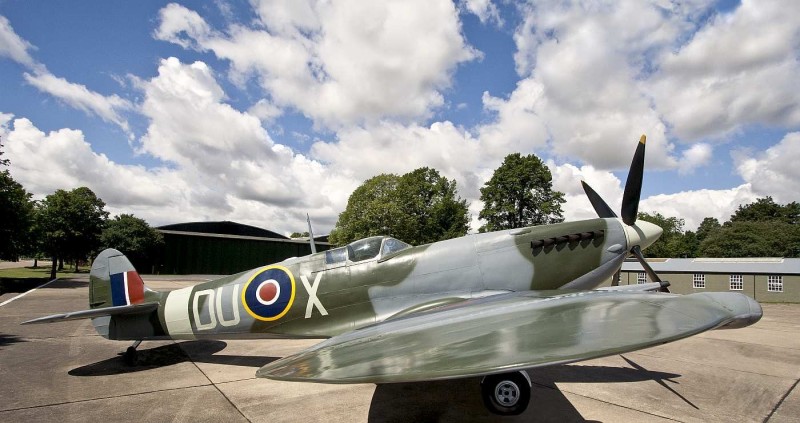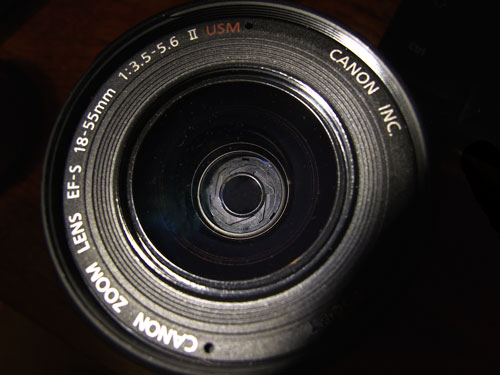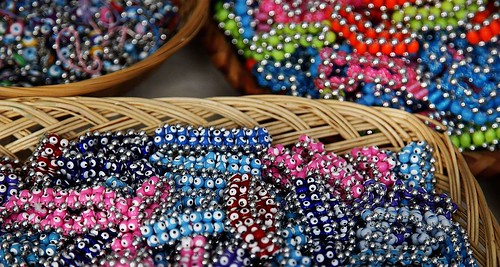
• Retired aeroplane •
Wide angle photography really brings out certain features of a shot.
You can do wide angle photography with most zoom lenses
I am surprised how little the wide end of the zoom focal lengths are used. Keen starters often forget wide! We are going to look at what you get for going wide angle photography work.
But I don’t have a wide angle lens?
No? Have a look. Most people buy their first lens as a kit lens with their first DSLR. Very often these lenses are in the focal length range of 18mm to 70mm. With a bridge or compact camera they are built-in. To benefit from this article you just need to set the focal length to the wider end. Any lens which can open up below 35mm will be working on the wider end. Wide angle photography is available to nearly everyone. Read on!
What is a wide angle lens?
A wide angle lens is considered to have a focal length considerably less than a ‘normal’ lens. Lenses are measured against the old SLR standard of 35mm film. Today we have 35mm digital sensors. These are used in “full-frame” cameras (as against the smaller ‘cropped sensor’ or ‘APS-C’ camera of most DSLRs). A ‘normal’ lens for a ‘full frame’ is a 50mm lens. A 35mm focal length or less is considered to be great for wide angle photography. Many wide angle lenses are around 24 – 35mm. For APS-C sensors, focal lengths wider than around 25mm are considered to be getting into the wide angle photography range.
Below 24mm there is a class of lenses called an “ultra-wide angle” lenses. These are around 24mm to around 18mm. In this case, depending on the camera they are built for, they would show some distortion and a tendency to create fish-eye shots or actually be a fish-eye lens. Some lenses, like a 16mm lens for a DSLR will be a fish-eye on a full-frame sensor. However, the same lens mount on a camera with a cropped sensor would use the lens as for ultra-wide angle photography. The fish-eye distortion would not be seen at all.
Many smaller focal lengths exist. Some digital cameras with very small sensors (compact cameras for example and some point-and-shoot models) have wide angle capability of around 8mm, possibly 6mm. These focal lengths are not practical for a DSLR. There are special design features involved to use them at this short focal length which are not feasible in larger cameras.
With all that in mind… here’s my first tip. If you are looking for a lens for wide angle photography, know your sensor size. Look at the manufacturers specification carefully to see that the lens is suitable for what you want on the camera you’ll be using. If you buy the wrong lens/sensor mix you may not get what you expect – although you will get a perfectly good lens!
What is wide angle photography?
In general wide angle photography tends to emphasise a difference of size and distance between a photographic subject in the foreground and one in the background. The result is an optically distorted view magnifying distance between objects, but allows a greater depth of field than a normal lens. This creates a pleasingly large foreground object and by comparison a tiny background one even though the distance between them is quite short.
The exaggeration of the size of foreground objects provides opportunities for composition that really emphasise the expanse of the background. In the picture above the large relative size of the Spitfire wing emphasises the shape and prominence of the aircraft in the foreground. Meanwhile the foreshortening of the foreground-to-background distance has really given the clouds a powerful strength in this shot. They appear to be trending toward the centre-distance. Appropriate for an aircraft don’t you think? At the same time the expanse of the airfield itself is also felt because of the relative smallness of the buildings and the width of the scene captured by the wide angle.
Find ways to exaggerate the relative sizes of foreground and background objects. For example, Spitfire vs. buidings. Where you can use perspective lines (eg. receding clouds) through the scene. This will help you develop a strong composition in your wide angle photography.
More after this…
Interior shots
Wide angle photography works best with focal lengths of around 24 to 30mm on most DSLRs. These lenses are great for use in the interior of buildings. This type of lens lets you see more of the scene without having to move a long way back. In a small room that is very useful as you are unable to move back very far anyway. Personally, I love rooms taken on the diagonal from the corner. These shots with a wide angle lens give you the perspectives of the room angles to help provide depth and still get everything in the shot. Do be careful to get the camera straight. If the level is off and you are using the lines of the room to frame the shot it becomes almost sickeningly wrong with a wide angle and there is little you can do to retrieve it! wide angle lenses are very good at bringing out perspective lines in your composition. With some lenses there is some curvature (spherical) distortion. So in a room watch out to correct for that when the lines curve.
Record shots and wide angle photography
If you are taking a record shot, for example, to capture an objects uniqueness, then wide angle photography is useful. The lens emphasises the foreground object, background objects lose prominence. By isolating the foreground object, which is what your record is about, you can make is really stand out with no background distractions. This technique is useful for statues, vehicles, buildings… well you can see the point. Again, be careful. Some wide angle lenses can badly distort in the vertical plane if you are too close, say, to a building. So experiment. Particularly with a record shot, you are trying not to distort as you want the image to be a record of the object as it is.
The artist in you
As an exact opposite to the record shot you can exercise quite a lot of creative licence with wide angle photography. The superb exaggeration of length is great for really long perspective lines or long objects. It’s great fun to take pictures of people with a portrait view. Small people look large and loom over the shot when done close up. Buildings, columns, trees and other tall objects can really be made to loom large. So if you want to really to emphasise certain features a wide angle shot can be really fun.
Portraits and wide angle photography
A current favourite format for portraits is the ‘environmental portrait’. Sounds grand. Actually its about taking pictures of your subject outside in the open air. The wide end of the focal lengths are particularly good for capturing a lot of scene while making it look like your subject is close. And yet it can be a really freeing way to tackle portraits – you can really use the environment to say something about your subject. Picture the proverbial pretty girl in a field of flowers… a lovely wide shot pulls in the expanse of flowers and yet the foreground emphasis is on the subject. Nice. Equally, the right sort of urban environment can be great for emphasising maleness… Again, let your creative juices flow. Study some wide angle photography work of other portraiture artists. It is important to see how the body can be distorted by the lens to artistic effect or emphasis.
Landscape shots and wide angle photography
The landscape shot is one of the popular pursuits for photographers. Yet, as many good photographers have pointed out, they are difficult to carry off well. Wide angle photography can fail miserably with landscapes. Particularly if there is something big like mountains in the distance. The relativity of a wide angle shot is not good with massive background objects. It tends to take the awesomeness out of such a shot. On the other hand, wide angle photography with a foreground is great. It emphasises the lateral extent of the shot. Think beaches and wide landscape vistas. The horizon makes a good marker for the depth of the shot with wide angles (as long as it is straight!). Remember, if you are going to emphasis the foreground and lateral extent of a view have a prominent foreground object to focus upon.
Actually this is an opportunity. Often photographers forget the human element in a landscape. Sometimes you can make your focus the well placed family or an interesting personality, whatever. The human interest is often stronger than people think in a landscape. Wide angle lenses give you a chance to do something others forget!
What now!
Get out there and do it! If you have a wide angle lens, or if you have a zoom that gets you down to those focal lengths, try experimenting with wide angle photography. We often hear people saying ‘get in close’, well here is an opportunity to go out wide.

Damon Guy (Netkonnexion)
Damon is a writer-photographer and editor of this site. He has run some major websites, a computing department and a digital image library. He started out as a trained teacher and now runs training for digital photogs.
See also:
Editors ‘Bio’.
By Damon Guy see his profile on Google+.
is a great example. I just love that baby! Wow! Excellent definition and clarity and brilliant control of aberrations. An incredible lens – no wonder it is so popular. Well, that lens shows an upper aperture range to f45 on my version (I think the latest version is f32). Now that is a small aperture. That sort of small aperture is used only for very, very bright conditions and long exposures. I don’t think I have ever used such a small aperture.
is another really popular lens. For aperture size however, it is beaten by another Canon lens that is also a 50mm, the extraordinary Canon EF 50mm f/1.2L USM Lens
. An amazing lens, the depth of field on mine is so controllable you can focus it so that a wedding ring, looking through the hole, is in focus from front to back. Nothing else in the picture is in focus. Wonderful, but essentially a pro-lens.
 Photokonnexion tips by email
Photokonnexion tips by email




